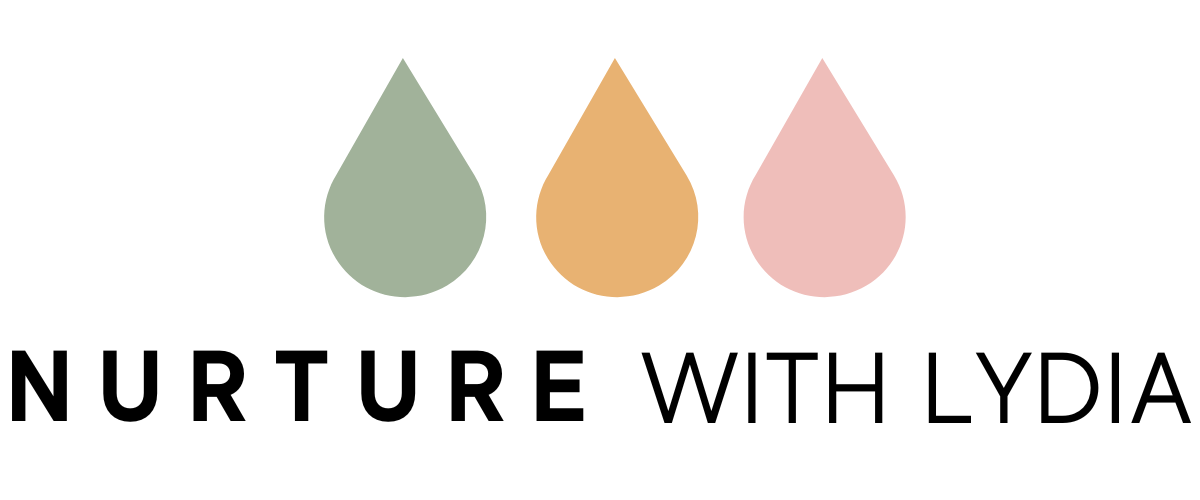When to use nipple shields
Nipple shields have a bad rep but they absolutely have their place in certain situations and can save a breastfeeding journey for many mothers. I like them, I used them but it’s important to be aware of the pros and cons and know how to use them properly.
The reason they’re often viewed negatively is because of the hinderance they can be to a successful breastfeeding journey, even when they feel like they’re helping. If you feel you need shields, please also seek support to ensure you’re using them correctly and your baby is getting enough milk - they can sometimes mask an issue rather than fix the root cause.
So the issue isn’t the shields themselves, it’s the lack of support in how to use them correctly - and sometimes they can be recommended for a breastfeeding challenge that could have been improved with some 1:1 feeding support instead.
If you are currently using them, feel you’ve tried everything and are still struggling to ditch them but your baby is gaining weight well, comfortable, thriving and you have no issues - it’s ok to continue using them. Ideally it would be good to ditch them because of the issues they might cause - but if they aren’t causing any problems then you keep doing you. Many people use them with no issues - but you can seek skilled support if you need do extra help getting rid of them.
I’ve listed some common uses for nipple shields, tips on how to use them properly and the risks you need to be aware of.
Image source: https://www.breastfeeding.asn.au/resources/nipple-shields
What are nipple shields?
Nipple shields are nipple-shaped pieces of silicone placed over the nipple when breastfeeding and are used for various reasons, commonly if a baby is struggling to latch.
They’re ideally only used temporarily whilst breastfeeding is being established, and mums will often wean off of them.
It’s important to know how to use them properly. Getting feeding support alongside their usage is necessary to ensure a deep latch is achieved and baby is getting enough milk.
There’s also a risk that nipple shields can mask a breastfeeding issue rather than solve it, so feeding support alongside the shields is vital to find the root cause of why they were needed in the first place.
When would I need to use a nipple shield?
Premature babies
Premature babies can sometimes breastfeed more successfully with shields than without. This is because their sucking reflexes aren’t as developed as a full term baby and the prominent nipple shield teat helps them to sustain their latch. It’s also a useful way to stimulate the mother’s milk supply and keep baby at the breast if they’re also being bottle fed.
Flat or inverted nipples
If you have flat or inverted nipples it doesn’t mean you’ll definitely face challenges and need a nipple shied, but they can be helpful for some mothers in the early days if you’re struggling to get your baby to latch. Skilled support is always the first step before resorting to nipple shields.
Remember it’s BREASTfeeding not nipple feeding so, with a deep latch, flat/inverted nipples will likely not be an issue with the right support with attachment, positioning and breast shaping techniques if needed.
If baby is struggling to latch for any other reason
If a baby has a tongue tie, tension or anything else that may impede oral function, they may not be able to sustain a deep latch, causing mum to experience pain whilst breastfeeding.
Nipple shields can be a useful interim to help baby to latch and mum to cope with any discomfort whilst waiting for an appointment or referral.
The prominent teat of the shield can encourage a baby to latch and feed, but it’s important to measure your nipple and find a shield that fits properly.
Sore nipples
This is a very common reason for the temporary use of nipple shields, especially when a mum feels she has to stop breastfeeding due to the pain she’s experiencing.
But nipple shields can encourage a more shallow latch if used without additional support, so can mask the issue rather than fix the cause of nipple pain.
If you’re experiencing nipple trauma and feel you need to use nipple shields in the interim whilst your nipples heal – it’s totally understandable! Nipple shields can save a breastfeeding journey in these instances.
But it’s really important to seek skilled support to find the root cause of your nipple pain so that it can be fixed and you can breastfeed your baby comfortably.
What are the risks of using nipple shields?
Common risks to be aware of if using shields:
It can be difficult for baby to latch correctly due to the large teat, and the latch can easily become shallow.
The nipple shield can be a barrier to pain – which an indicator of a shallow latch – so masks the issue rather than identifies and fixes it.
If latched incorrectly, baby will transfer less milk which can cause weight gain issues and can negatively affect milk supply.
Ineffective emptying of the breast can cause repeat bouts of blocked ducts or mastitis.
Some babies get uses to the silicone shield and it can be challenging to wean off of them.
If you are using nipple shields and need support on how to feed your baby with them you can book a 1:1 consultation with me.

